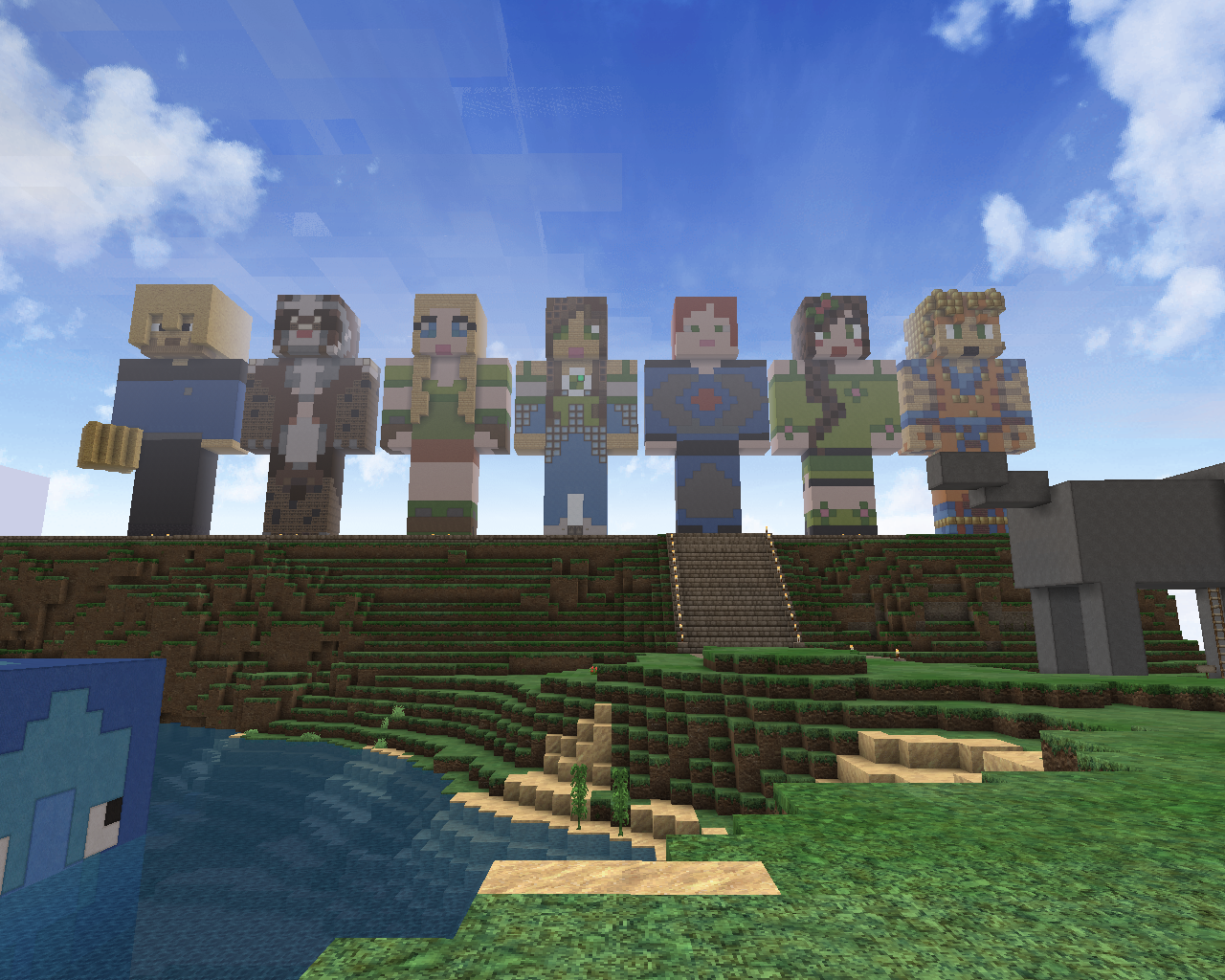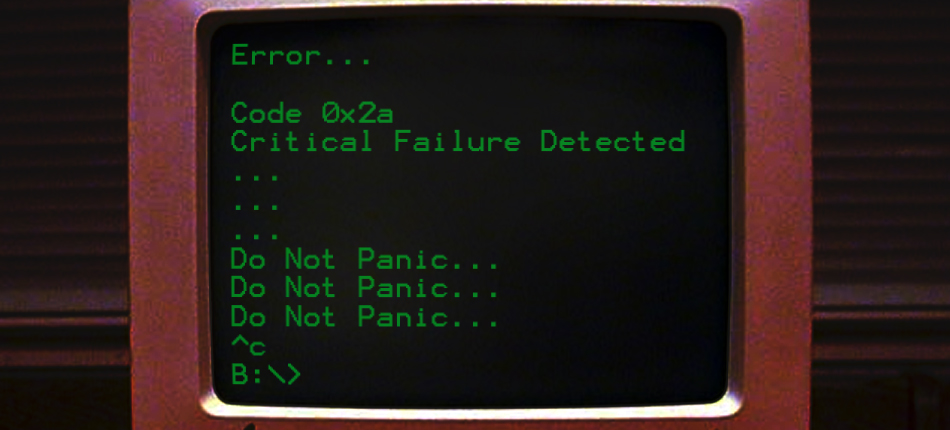
Content Warning: Discussion of child abuse, online harassment, ableism.
Cross-posted on Medium: https://medium.com/@kateringland/keeping-safe-children-online-with-social-media-and-games-9ca60c168cfa
Today, two different items crossed my twitter feed. First, there was an incident involving a player on Autcraft. Second, a research blog was published showing there is no link between the quantity of tech use and mental ill-health in adolescents. I’ve been thinking about both of these postings much of today and I wanted to share some thoughts with you.
Social media and multiplayer games (such as Minecraft that they play on Autcraft) are by design extremely social spaces. That’s the point of them, to interact with other people. This can be a boon, especially for people who are isolated for one reason or another. But, as with anything that has the human element, there can be darkness as well. Games and social media have had their fair share of citations for toxic behavior.
Autcraft was created as a safe haven for autistic children. For the vast majority of community members, it has worked — see any of my other research posts about it. But today, the story broke that it did not work for one child. This child was targeted by another member, who clearly joined the community for malevolent reasons. It’s horrible and tragic and, honestly, I’m continually horrified by the things people intentionally do to one another. Throughout history children have been the target of violent behavior, especially those who are marginalized. Online platforms have just given perpetrators a different means of finding their victims.
Research continues to show that it isn’t the platforms or the hardware (think screens) that causes a problem for youth (and adults even). What continues to be a problem is malevolent people.
So what can we do?
- Hold social media and games companies accountable for creating better safety features on their platforms. There’s still lots of room to grow here.
- We need more research to study how to keep kids safe in these online spaces, especially marginalized youth. For example, Autcraft is being forced to ban all private messaging between players because of this incident. Is this really the best way to assure player safety? We need more research to find out. This includes funding this research and having the human resources. This sort of work will not only take trained researchers (and/or researchers in training), but also community partners, such as the one I’ve been fortunate enough to have with the Autcraft community.
- Better educational sources for both parents and children. Social media literacy is inherently a part of online safety. Children need to understand who they are talking to in these online spaces. Parents need to know who their child is talking to and playing with. It’s okay to not fully understand a game, but basic literacy is essential. Children are playing in what are essentially digital 3-D spaces and feel very physical. Even if these children are never meeting other players offline, there can be real psychological harm.
- Create policy. I realize the current political climate is awful. But we need up to date policies to keep our privacy and safety a priority. Right now the tech companies are calling an awful lot of the shots and I promise they only care about the welfare of children if it’s impacting their bottom line. (Also see point 1). Policy can happen both locally and nationally. Call your representatives. Write letters. Run for office.
It’s going to take a village to keep our children safe on the internet. The answer is not to ban screens or games. There’s so much positive happening there. I just hope with a concerted effort we can make more safe spaces for our children to play.


Leave a Reply